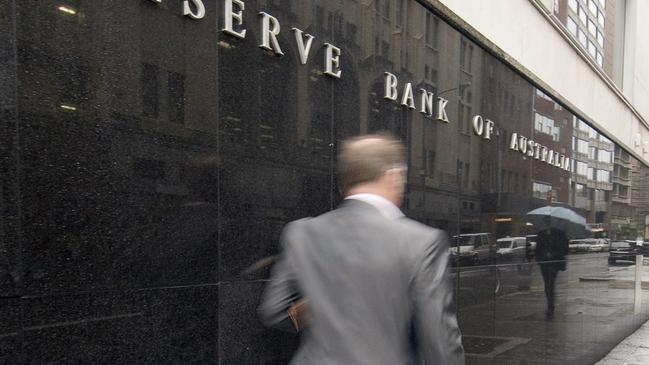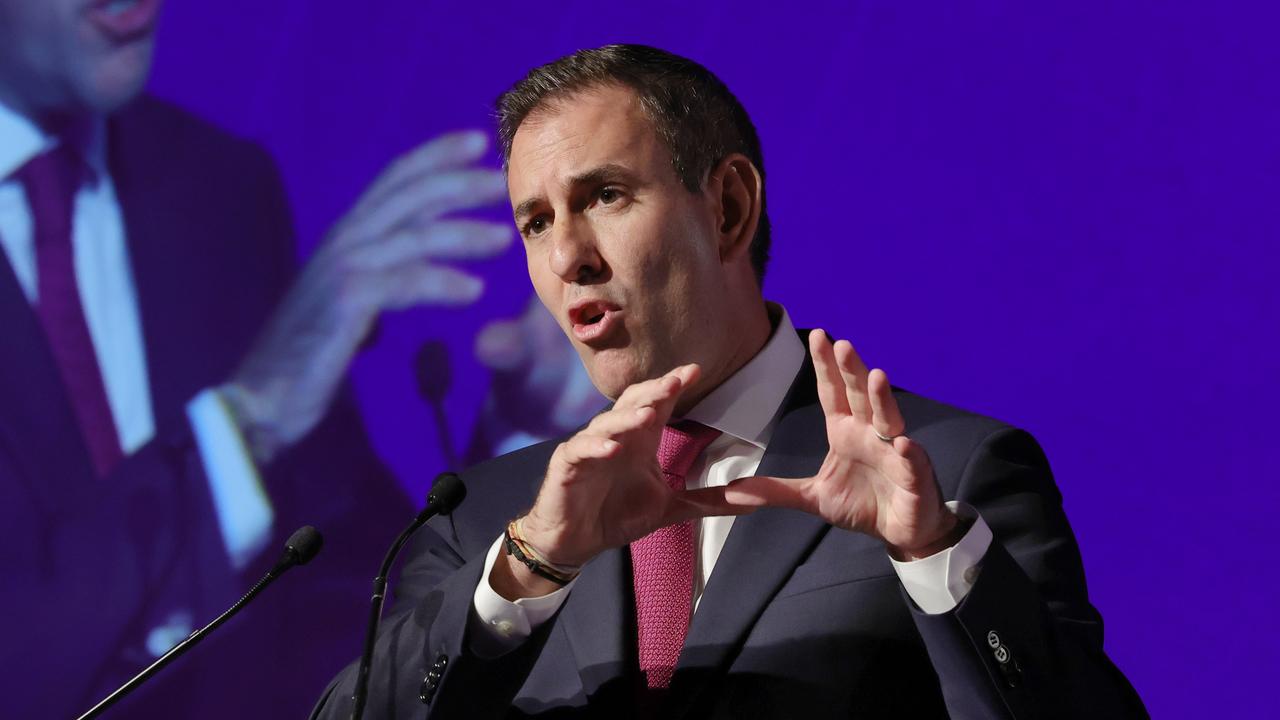Are RBA cuts coming? Why it doesn’t matter

Wrong! Despite incessant chatter otherwise, central banks don’t determine economies’ or stocks’ direction. While many lament the “laggard” RBA’s inaction (as it cites persistent inflation and Australia’s hot jobs market), ignore the hype.
Here is why.
As I wrote in May last year, central bankers’ powers are routinely overblown. Back then, I detailed why RBA and global rate increases wouldn’t trigger a bear market or recession. Since? Stocks climbed. America and most of the world grew consistently. Even Australia grew – arguably the developed world’s most rate-sensitive economy due to floating-rate loans’ proliferation.
All that before any major central bank cut rates – at all.
Yet many among the fearful hang on central bankers’ words for clues of future shifts – such as RBA governor Michele Bullock’s claim that inflation would take “another a year or two” to hit targeted rates. Parsing such claims is a fool’s errand. Why? My May column showed you that officials often issue guidance they fail to follow. It isn’t all their fault. Economies are complex. Data varies. Interpretations change. Stuff happens. But if central bankers don’t know their next moves, how can you?
Even if you could, it wouldn’t help. Why? Central bankers don’t possess hidden, deep economic insights. Their near identical training creates groupthink. Consider the widely hyped notion that rising wages fuel inflation. Nobel laureate Milton Friedman debunked it decades ago, showing that wages follow inflation, never lead it.
Recent trends prove it … again. US wages growth remains hot, at October’s 4 per cent year on year. But US inflation slowed to 2.4 per cent year on year. If wages growth primed inflation, prices would still be galloping.
Likewise, Australian weekly earnings increased 4.6 per cent year on year in May (the latest available.) The minimum wage increased 3.75 per cent in July. Yet so-called “sticky” inflation slowed a full percentage point from the second quarter’s 3.8 per cent year on year to Q3’s 2.8 per cent! Monthly inflation data has cooled each month since June, to September’s 2.1 per cent year on year – below the RBA’s 2.5 per cent target. The pattern holds globally. Still, biased central bankers can’t see it.
Higher rates no doubt pinched many households. But why haven’t rate rises hurt the overall economy more? Policy rates “work” by tweaking banks’ funding costs for new loans. But a global deposit glut from Covid stimulus flooded banks with deposits. They didn’t need funding, muting policy rates’ effects. Hence, the world economy grew throughout these last two years of “tightening”. Some higher-interest-rate countries such as the US grew faster than ultra-lower-rate ones (such as Japan)!
And stocks? Pundits swear stocks need rate cuts to rise. But why? The ASX 200 hit its 2022 low on June 20 – after two RBA rate rises. It climbed through 11 more in 2022 and 2023. From that low through to November 8 this year, the ASX 200 rose 42.4 per cent.
The US’s S&P 500 bottomed in October 2022. It then rose despite six rate rises through to July 2023. Rate cut expectations then swung wildly throughout 2024. Yet the S&P 500 (in US dollars) rose 34.2 per cent from pre-hike levels before the Fed’s initial September cut. Eurozone stocks rose 38.2 per cent in euros from pre-hike levels to the European Central Bank’s first cut in June. The UK’s FTSE All-Share rose 22.9 per cent in pounds from pre-hike levels to August’s initial Bank of England cut.
Rate cuts aren’t even necessarily bullish. The ECB’s 25 basis points of cuts in June, September and October didn’t prevent eurozone stocks’ summer swoon. The FTSE All-Share fell slightly since the BoE began cutting rates in August. The S&P 500 fell the very day the Fed cut 50bps. Its rise through November’s smaller 25bps Fed cut simply extended trends since early August.
Seen another way: If lower rates trumped all, then Japan – with forever ultra-low or negative rates – should have enjoyed gangbusters returns in the past decade. But no. While world stocks returned 318 per cent in the 2009-2020 bull market, Japanese stocks returned less than half that — 134 per cent in Australian dollars.
Central banks can’t dictate stocks’ moves. Markets are fully global, weighing the next roughly three to 30 months’ likely profitability against prior expectations. Interest rate shifts are merely a small input to that.
Might Trump’s proposed tariffs change the RBA and others’ calculus? Perhaps, if they even materialise to the extent feared now. Regardless, this bull market doesn’t hinge on central bankers’ talk or actions. Ditch the fixation.
Ken Fisher is executive chairman of Fisher Investments.



Pundits shriek, “The RBA must cut!” – convinced Australia’s economy and the ASX 200 need lower rates, especially amid US president-elect Donald Trump’s “scary” tariff talk. The US Federal Reserve’s 75 basis points of cuts since September and other central banks’ similar “easing” supposedly mean the RBA must follow suit.